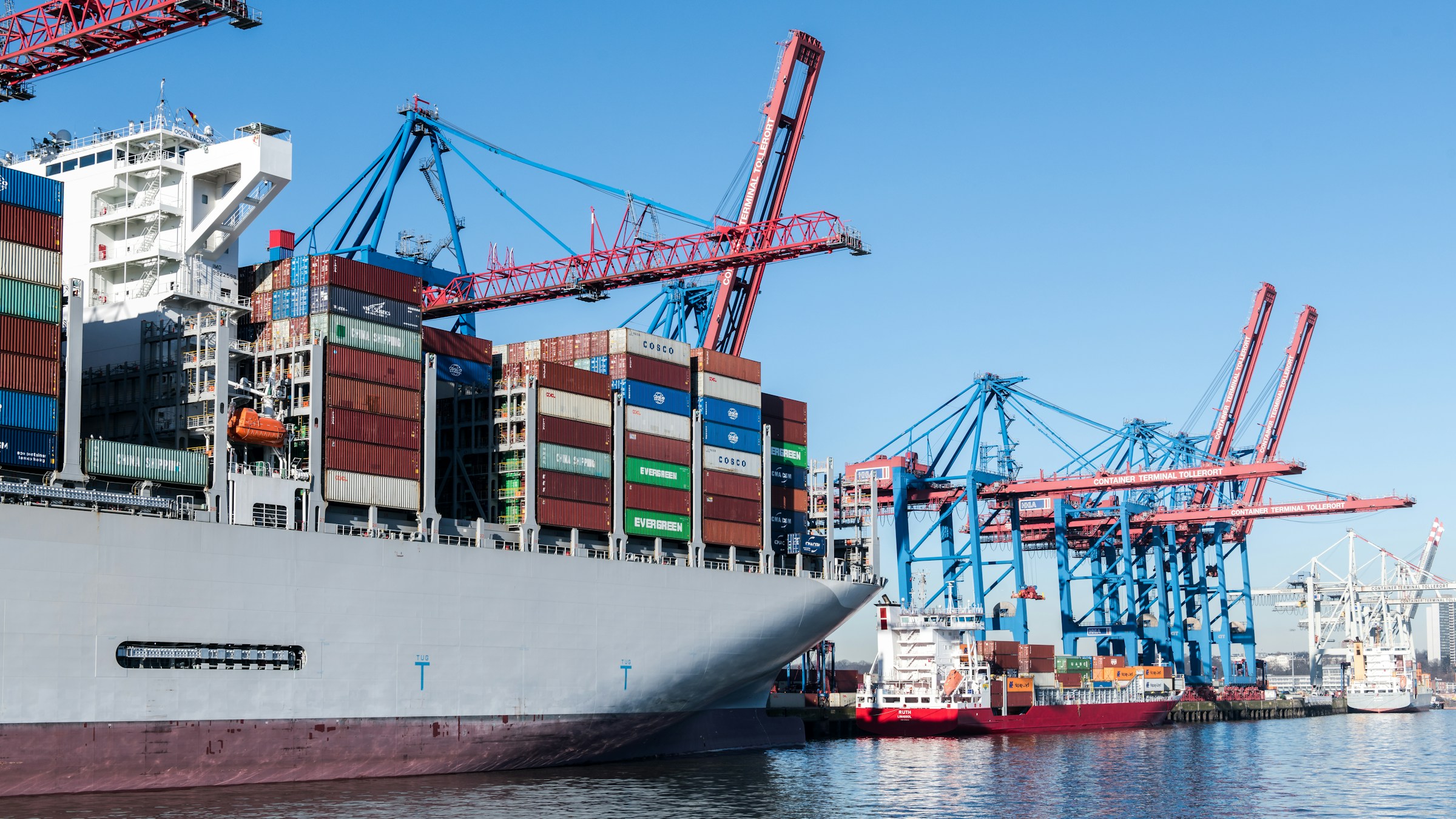The narrative that tariffs kill growth is getting challenged in real time. Across supply chains, consumption patterns, and capital markets, the global economy is powering through what would, in a different era, be considered a crippling wave of protectionism. What’s surprising isn’t that costs are up or supply lines are rerouting. It’s that the system is still moving—and in some cases, even accelerating.
The headline today says “tariffs.” But the deeper story is one of product structure, system inertia, and pricing models that are stickier than trade theory allows for.
Tariffs have risen across the board. The US has reinstated duties on electric vehicles, semiconductors, and solar panels from China. Europe is escalating levies on Chinese steel and clean tech. India and Southeast Asia are tightening non-tariff barriers through standards enforcement, digital taxes, and localization requirements. And yet, global trade volumes are not collapsing.
Part of that is substitution. Suppliers are already in motion—retooling origin certificates, moving final assembly into tariff-safe zones, or shifting to dual-source procurement. Platforms like Shein and Temu are rebuilding logistics maps in Mexico and Southeast Asia. Amazon is absorbing costs through marketplace fee tweaks and retail margin compression. Trade flows are rerouting faster than bureaucracies can track.
But there’s a structural tension beneath this: the current global economy was built on modularity and hedged efficiency, not lean optimization. In other words, we’ve already factored in slack.
What looks like resilience is often just amortized complexity. That works until it doesn’t.
Where are these tariffs showing up? Not always in the sticker price. In consumer electronics and fashion, price points are often held through feature downgrades, shipping delays, or quality dilution. In SaaS, enterprise pricing remains stable, but hardware costs or offshore dev center rates are creeping up behind the scenes.
Tariffs don’t immediately spike inflation because platform economies and modern supply chains can hold friction internally—through bundling, cross-subsidy, or service upsells. Your iPhone didn’t get more expensive because your iCloud just got upsold to 2TB.
But margins are absorbing impact unevenly. Low-margin resellers and legacy brands are bleeding. High-margin platforms, especially those with data or distribution moats, can redirect cost pressure or monetize elsewhere. That’s why Walmart and Apple can eat tariff noise longer than small appliance manufacturers or mid-tier exporters.
Some of the least-discussed actors keeping global trade afloat under tariff pressure are platforms. Shopify, Alibaba, and JD Logistics have retooled merchant flows to include country-of-origin adjustments. Amazon and Mercado Libre have built customs pre-clearance into fulfillment logic. TikTok Shop rerouted its supply base to Malaysia and Indonesia with minimal user-facing friction.
This isn’t a triumph of tech. It’s a testament to system design. Tariff flexibility is being baked into procurement APIs, merchant onboarding flows, and even return policy terms. In effect, trade fragmentation is getting absorbed as product logic—not policy logic. That’s a dangerous kind of stability: you don’t see the break until someone pulls a feature or turns off an endpoint.
There’s a limit to this quiet buffering. Early indicators of strain are showing up in SMB ecosystems, cross-border inventory financing, and second-tier suppliers. Southeast Asian drop shippers reliant on thin-margin arbitrage are folding. SMEs in Mexico or Poland are taking on FX exposure they can’t hedge. Fintech lenders supporting trade credit in fragmented corridors are seeing NPLs creep up as shipping times elongate.
This matters because while top-layer platforms look stable, their backend partners are not. And when those B2B rails crack, even Shopify storefronts start to go dark. This isn’t just a trade story. It’s a cash flow sequencing risk built into every PLG tool, every e-commerce margin plan, and every “ship from anywhere” logic chain.
If you’re building in cross-border commerce, supply-linked SaaS, or platform infrastructure, the question isn’t “how bad will tariffs get?” It’s “how much platform absorption is already baked into your unit economics?”
Founders need to reassess:
- Whether tariff-induced shipping reroutes affect feature delivery or CX
- Whether supplier consolidation limits resilience in your marketplace logic
- Whether your pricing model assumes a stable global sourcing baseline that no longer exists
This isn't about geopolitics. It's about engineering fragility into scale assumptions.
Tariffs used to be a shock. Now they’re just another parameter in the product model. But don’t mistake silent absorption for infinite resilience. The platforms may still be working. It’s the system debt underneath that’s quietly compounding. Each layer—from just-in-time sourcing to multi-hop fulfillment—was designed for cost optimization, not geopolitical endurance. When that architecture flexes, the impact isn’t visible in the front-end UI—it shows up in strained vendor SLAs, misaligned cash cycles, and fragile credit terms. Builders should treat tariff pressure not as a headline risk, but as a systemic constraint that’s rewriting where, how, and how long platforms can scale.















